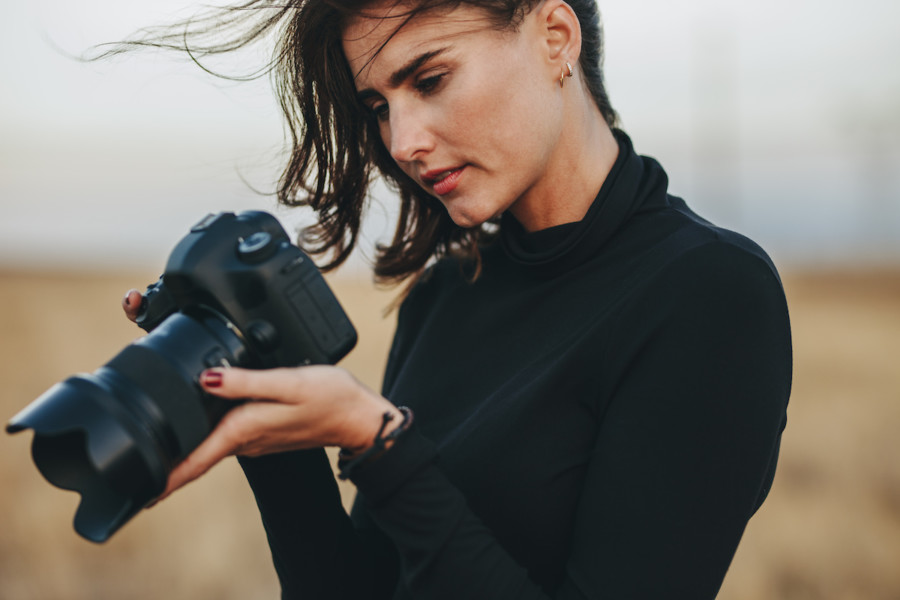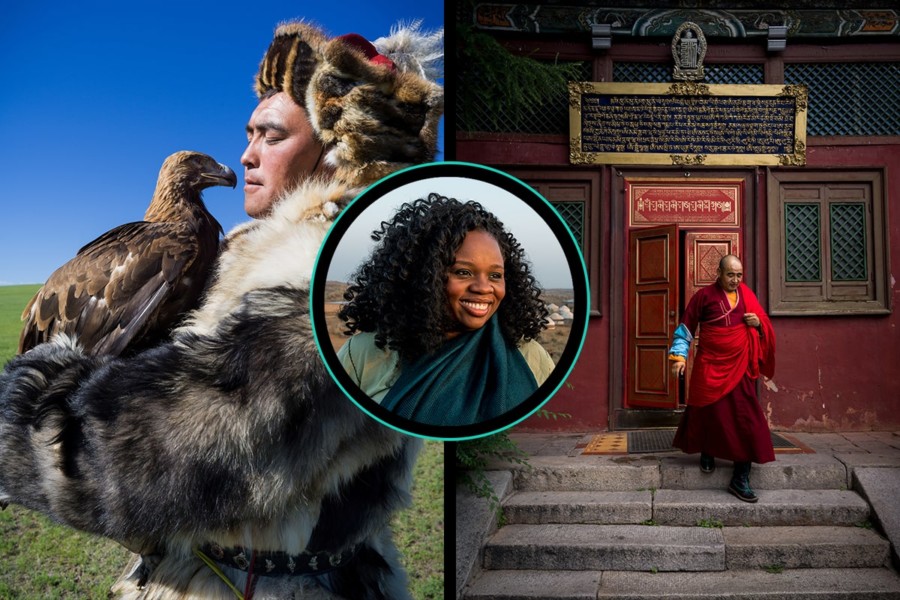Share
When Experimentation Works Out: How Photojournalist Peter Monsees Won the FENCE After a 10-Year Photography Hiatus
It’s no secret that we’re big fans of anything that makes photography more accessible. The FENCE, a traveling photo exhibit put on by our frien...

It’s no secret that we’re big fans of anything that makes photography more accessible. The FENCE, a traveling photo exhibit put on by our friends at United Photo Industries (and the same team behind Photoville), does just that. It brings outstanding photography to public spaces in eight cities throughout North America. Since 2012, the FENCE has provided its more than eight million visitors with powerful photographic narratives while also providing photographers with an entirely public platform and career opportunities by way of prizes, professional mentorship and more. It’s really a win-win for everyone.
One of this year’s regional winners is Peter Monsees, a seasoned photojournalist who left the field to pursue personal passions after 35 years. He notes that the images in his winning collection, known as Nature’s Colorful Palette, represent his experimentation with nature and wildlife photography after a ten-year hiatus from shooting. Lucky for us Peter is also a PhotoShelter member, so we caught up with him to learn more about his experiences with the FENCE and to pick his brain about all things photography.
Why did you decide to apply to the FENCE?
A story about the FENCE appeared in a local Sarasota, Florida newspaper. Since it had local ties in that the exhibition would travel to Sarasota, and since I was already shooting nature and wildlife photos, I thought I’d give it a try and enter!
I love that submissions are open to any image-maker and that the FENCE is accessible to everyone who walks through the public space in their particular city, but I’m wondering how you feel about public photography exposés like this one. Why do you think public photography exhibitions like the FENCE are important?
From a global perspective, public photography exhibitions open up awareness to the subjects that were chosen to be photographed by the FENCE participants. These exhibitions also help raise the photography bar and provide a visual “think out of the box” challenge, especially for the novice photographer, or, for that matter, even the seasoned pro who needs a little inspiration for their next photo project.
On more of a personal level, I feel as though it will be a great way to get exposure to my work. Getting a clientele to my website can be difficult, because unless you are a well-known photographer, most people will search for the subject matter, as opposed to a photographer’s name. Exhibitions like The FENCE will showcase the photography first, which, hopefully, will then lead to name recognition.
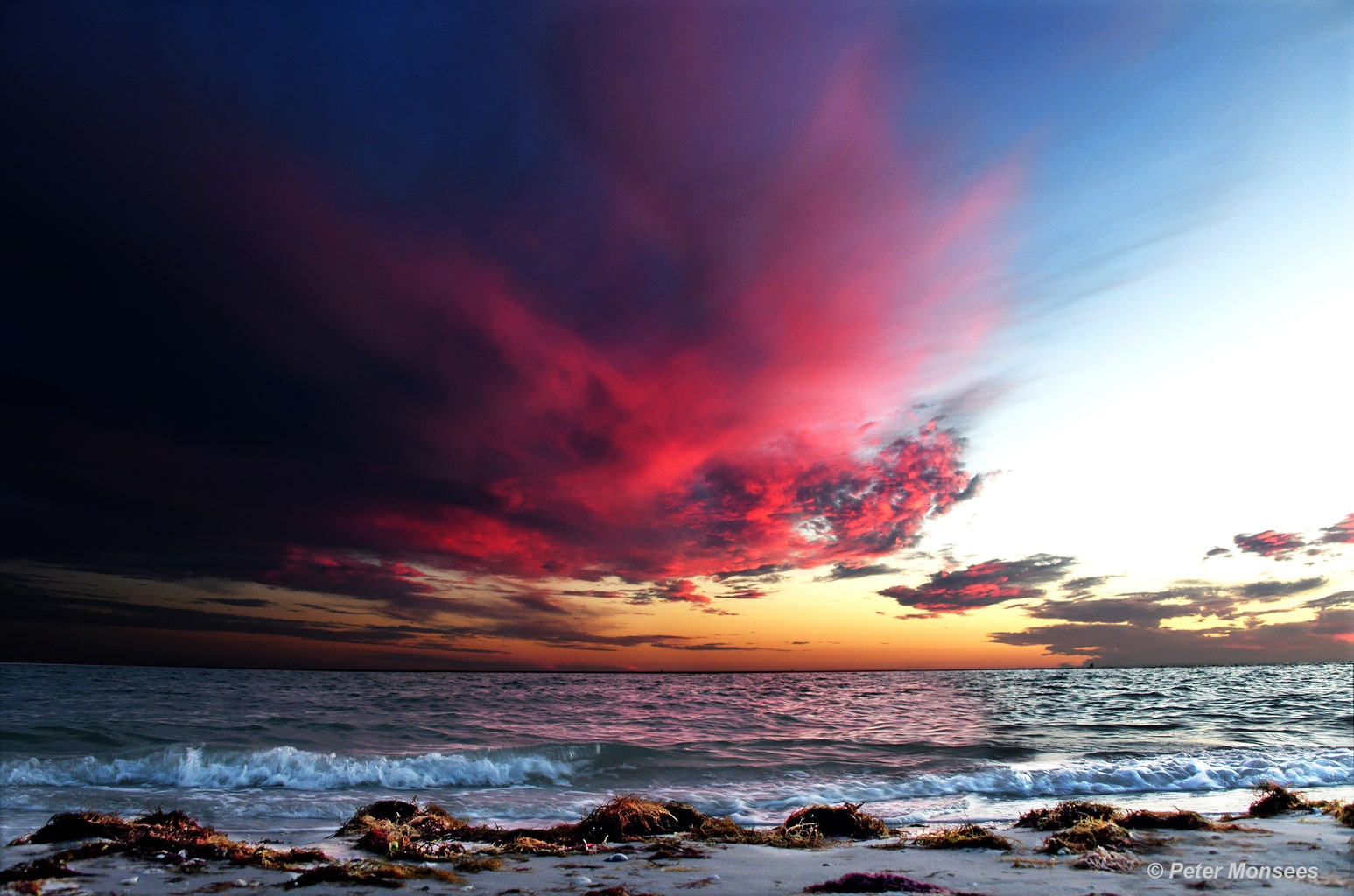
Can you tell us more about your winning image?
There are actually five different images, all having to do with the entry title: “Nature’s Colorful Palette.” “Fabulous Flamingos” was photographed at the Everglades Wonder Gardens in Bonita Springs, FL, with a Nikon D850 and 70-200 mm lens with 1.4X extender. “Rainbow and Sunset” was photographed at Benderson Park, in Sarasota, FL with my iPhone Xs. “Song of Fall” and “The Bane of the Bloom” were both photographed in Packanack Lake, NJ with my Nikon D850 and 70-200 mm lens. “Sunset Serenade” was photographed at Fort Myers Beach, FL with my Nikon D850 and 28-300 mm lens.
I began to notice incredible color in just about every aspect of nature. Sunsets and landscapes were a “given,” but wildlife presented its own challenge of capture as good light, as well as composition, were obvious requirements for making a good image. When I made the algae photograph, I saw beauty in what would be the “bane of most lakes” due to climate change. Nature’s color became a palette for me to photograph.
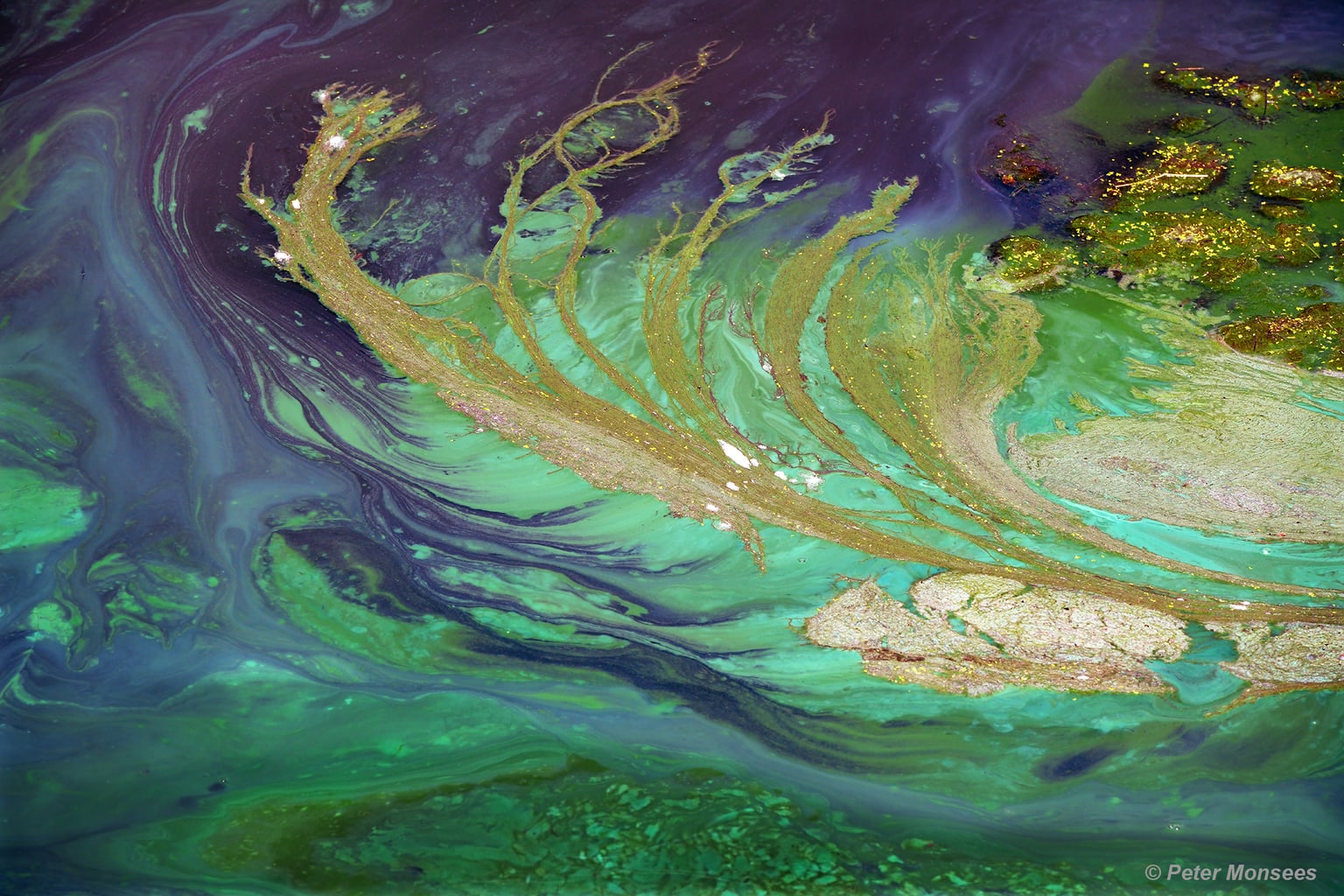
You’ve been using PhotoShelter since 2017. Which feature can you not live without? Has it changed over the course of your time with us?
Actually, the feature I could not live without is the presence of the PhotoShelter staff. When I first joined PhotoShelter, I didn’t even know how to upload a photo. I made lots of mistakes along the way, but the support staff was always there, either by phone or email to answer questions I had and guide me along the way.
Who inspires you in the field?
Back in my photojournalism days, there were many photographers, both on my staff, and others who worked for competing newspapers, who inspired me. They were all proficient at nearly every aspect of photography, but I learned to concentrate on those areas that made each photographer special. I am a composite of all those shooters.
Today’s photographers have the advantage of using cameras and gear that can make an amazing image with the click of one button. There are still those shooters out there who know the craft so well, based on their years of experience, who continue to make incredible images. Bryan Peterson is just one of the many photographers I follow on Instagram who has a keen sense of color, style, and is an expert on lens choice. Bob Krist, friend and fellow photographer, and videographer, is another exceptional talent. We actually grew up together and we both chose photojournalism careers. Bob later moved on to become one of the best travel photographers out there.
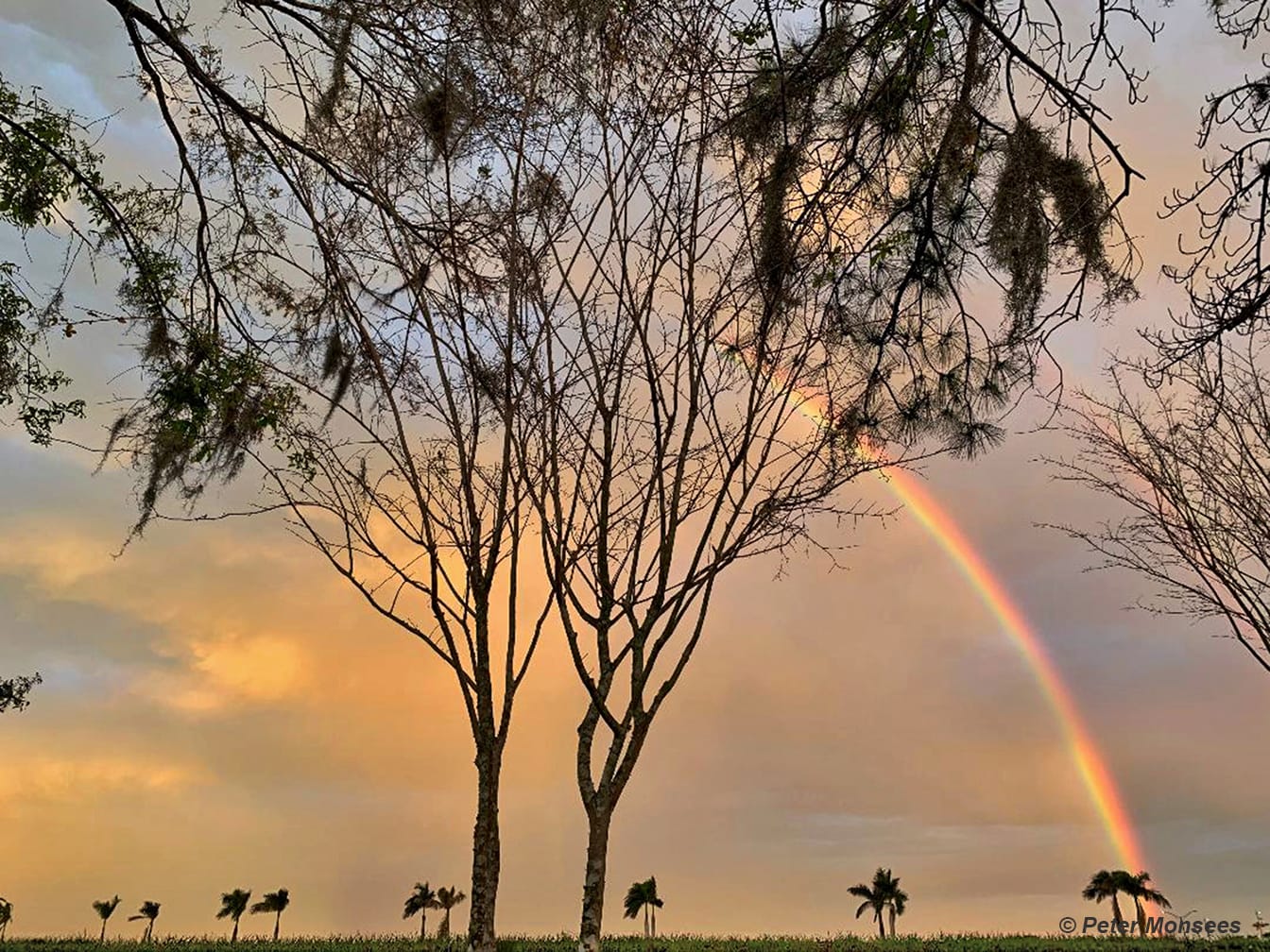
How do you define success and/or progress in this job or in this industry?
Success is subjective and, for me, it is the realization, or fulfillment, of a goal. When I worked for my newspaper, I borrowed a quote that I had come across, penned by another photographer, and it became my mantra for my entire 35-year career with The Record newspaper (of New Jersey). Whenever I had an assignment I always tried to take an “ordinary situation and photograph it unordinarily well.”
Why did you choose to become a photographer? Why do you still choose it today?
I went to college, received an AA in Liberal Arts, and a BA in Secondary Education. The career goal was to become an English teacher. I took a photography course as an elective, and all things suddenly changed. The instructor happened to be a photographer who worked for the newspaper where I would later work. I thought the idea of teaching would satisfy my need to communicate and educate students, but the idea of making photographs, which would appear in a daily newspaper, not only satisfied my need to communicate and educate, but also presented me with an incredible tool in which to realize those needs.
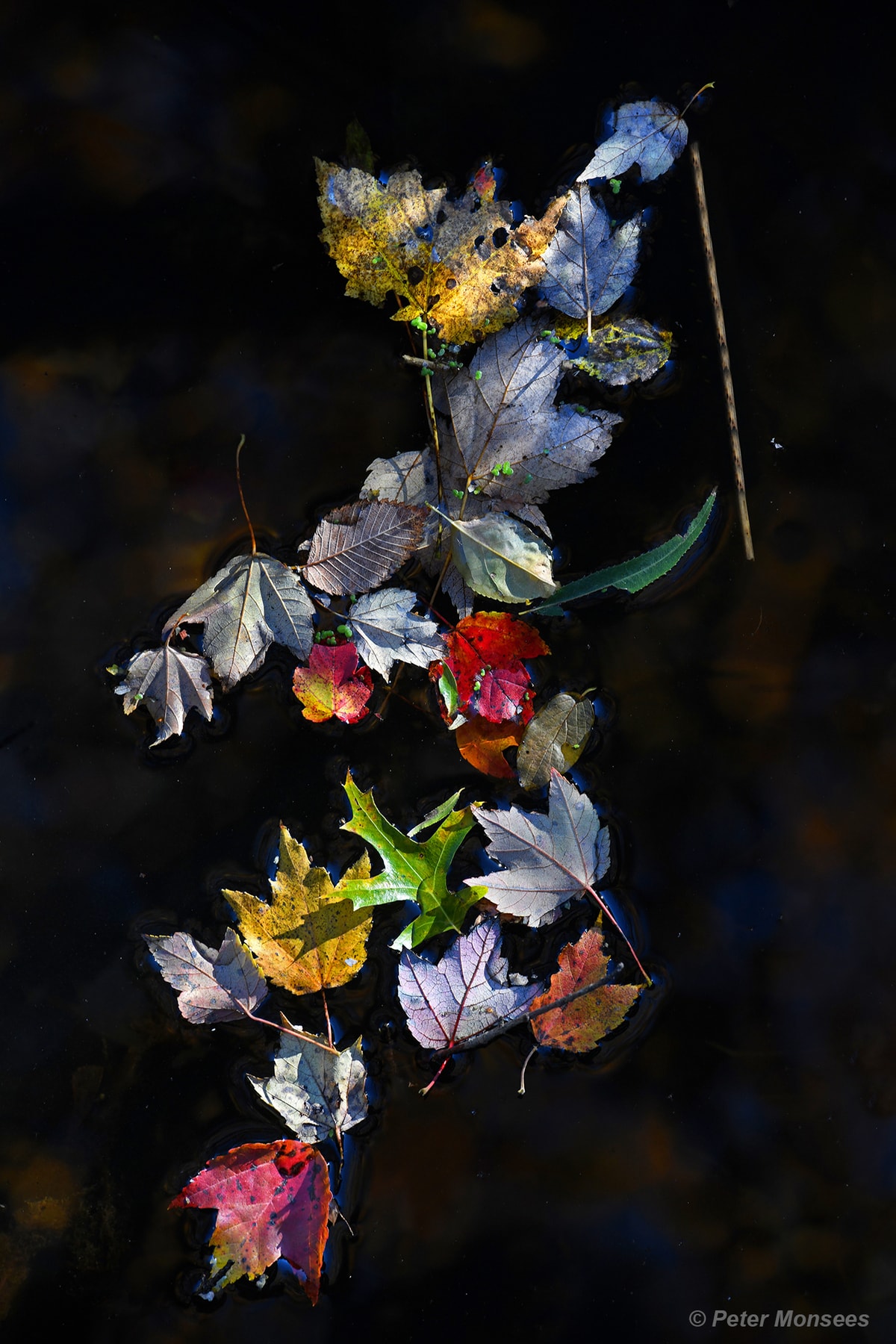
What’s the best lighting tip you’ve learned over the years?
It’s all about the quality, not the quantity of lighting. Available light is gorgeous and when used during early morning, late afternoon, or evening, it’s spectacular. I’ve seen many photographs that did not come off as creatively as they could because of midday light. Pay attention to the direction of the light.
As far as flash photography, because of the nature of my photojournalism days, I always carried one flash in my camera bag and learned to do wonders with it, especially when coupled with ambient light. I also carried several mini flash units with me, which I kept in my car, and used them when multiple lights were needed. My studio work lighting varied from using just one softbox and a reflector to multiple flash units and modifiers, again, depending on the subject and needed results.
What’s next for you? Are you planning to continue your landscape and wildlife photography?
The short answer is “I don’t know.” The Gulf Coast of Florida offered opportunities, such as wildlife and nature challenges, that were so different from my assignment driven photojournalism days. Suggestions from fellow photographers urge continuing with nature and wildlife and perhaps even publishing a book! If you take a look at my website, you will see a diversity of subjects that I have photographed. I think this has worked both for and against me. I might continue my landscape and wildlife, or, perhaps, it might be time to explore another phase of my “Photo 201.” Only time will tell.
